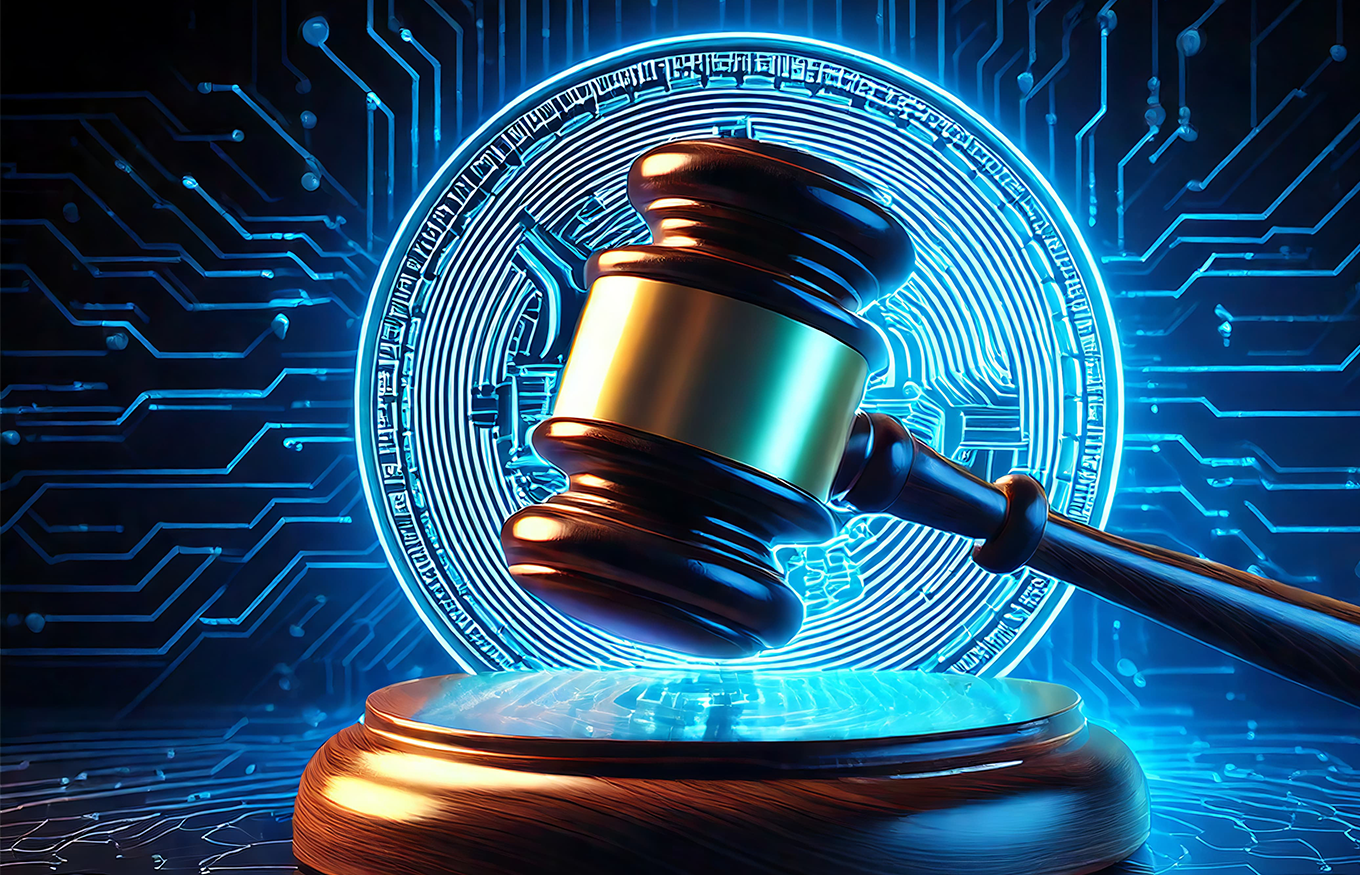By midnight on Wednesday, all leadership PACs will have filed their first campaign finance reports of 2019. These reports will detail the fundraising and expenditures of lawmakers’ leadership PACs between January 1 and June 30.
According to Issue One’s research, nearly every member of Congress — 86 percent — operates at least one leadership PAC today, including 42 freshman House members.
Republicans and Democrats alike have railed against leadership PACs for years, arguing that they are tantamount to slush funds. Indeed, only a minority of leadership PAC spending in recent years — 46% according to the Center for Responsive Politics — has gone toward contributions to other politicians and political groups, the original intended purpose of leadership PACs. The rest of the money has often gone toward paying for consultants, luxurious trips, and lavish meals.
Here are four critical things to look for in the next batch of leadership PACs’ campaign finance filings:
Q: How are leadership PAC funds being spent?
Leadership PACs are frequently used to pay for lavish meals, rounds of golf, tickets to coveted events, and stays at luxurious resorts — often under the guise of fundraising. But when many leadership PACs dole out a minority of their funds for political contributions, it raises questions about whether members of Congress are simply hosting fundraisers at fancy locations in order to pay for the next fundraiser at the next fancy location — including outside the United States.
Tips: Look for the names of luxurious hotels and resorts in the field that identifies the vendors’ names, and look for any transactions that occurred abroad.
Q: Are members of Congress using leadership PACs for personal use?
Using campaign cash to pay for dues at country clubs, health clubs, recreational facilities, and other “nonpolitical organizations” is generally prohibited under federal laws that bar the personal use of campaign funds, unless those dues payments are “made in connection with a specific fundraising event that takes place on the organization’s premises.” But some politicians have used their leadership PACs to pay for dues and other expenses that would likely be considered illegal if campaign funds were used.
Tip: Look for the word “dues” in the field that describes each transaction.
Q: Are House members using leadership PACs to fund private air travel?
The Honest Leadership and Open Government Act of 2007 — passed in the wake of the Jack Abramoff lobbying scandal — prohibited House candidates from using campaign funds or leadership PACs for non-commercial air travel, except if the aircraft was owned by the candidate or family member. (The same prohibition does not apply to Senate candidates.) While senators’ leadership PACs often pay for private jets, it is illegal for House members’ leadership PACs to do so.
Tip: Look for the word “charter” and “jet” in the field that identifies the vendors’ names, look for the phrase “air travel” in the expenditure description, and look up any company that isn’t recognizable as a commercial airline.
Q: Who’s funding their leadership PACs?
Pay-to-play politics is far too common in Washington, and special interest groups often use contributions to leadership PACs as a means to gain access and curry favor with lawmakers — while legally evading campaign contribution limits. Companies, labor unions, trade associations, and others with business before a particular committee are often funding the leadership PACs of the lawmakers who sit on that committee.
Tip: Look at which industries, political action committees, and/or individuals are giving the most to a lawmaker’s leadership PAC by examining the receipts. Filter by employer name and/or occupation. Filter by state to assess how much money came from in-state sources versus out-of-state contributors.
More resources from Issue One:





